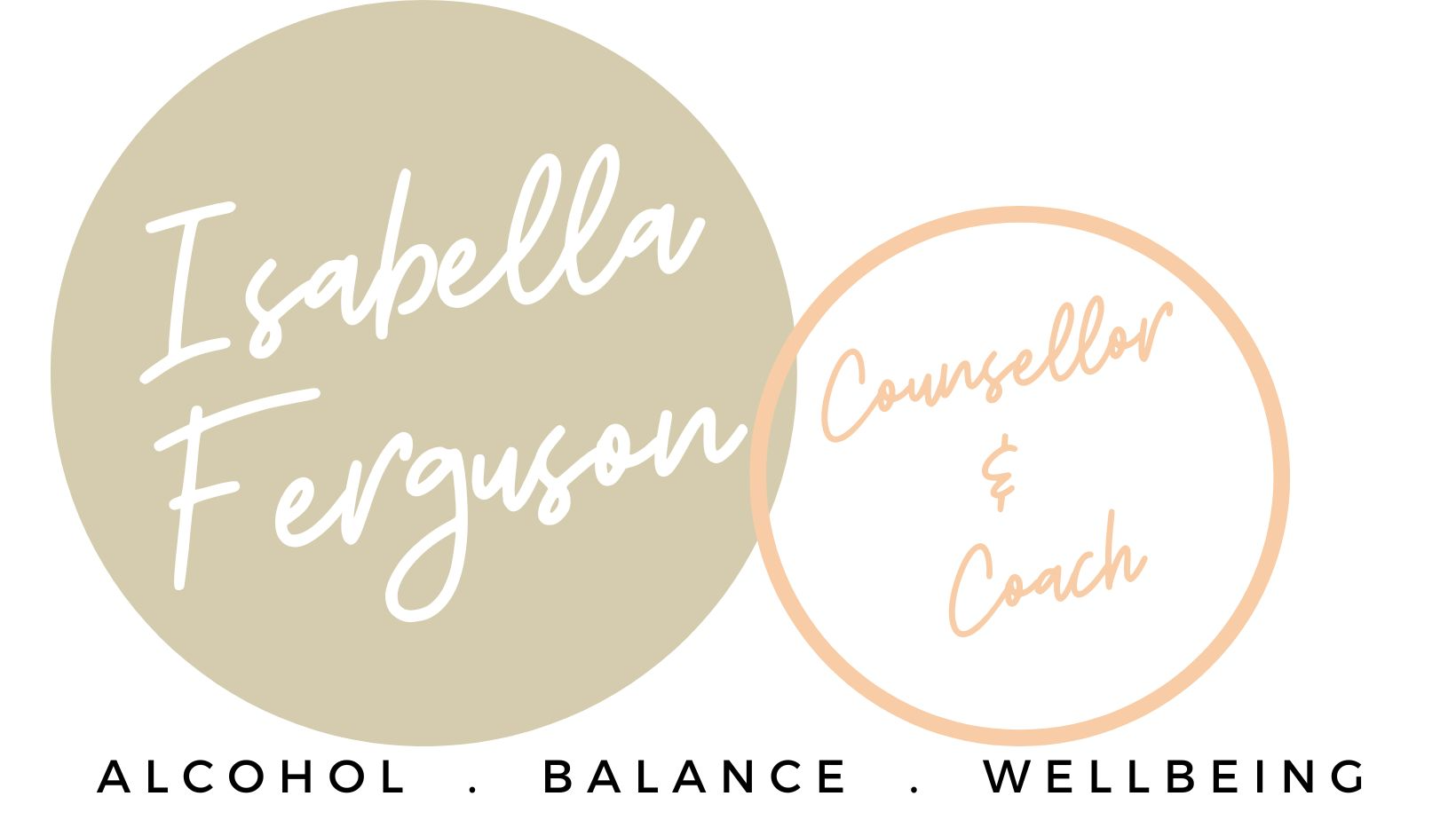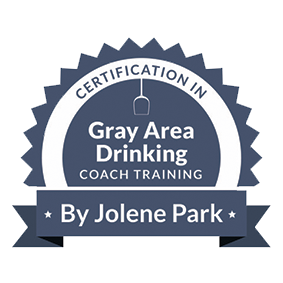Do you know what your attachment style is? Do you have an inkling? Or do you know that you seem to repeat some common mistakes and patterns with relationships in your life but not quite sure why or what to do about it? Then, read on.
Attachment theory, developed by psychologist John Bowlby, helps us understand how our early relationships shape our emotional regulation, coping strategies, and behaviours, including the ways we interact with substances like alcohol.
Our attachment style forms during childhood based on our relationship with caregivers and can impact how we handle stress and relationships later in life. Research shows that individuals with insecure attachment styles—such as anxious, avoidant, or disorganised—are more inclined toward problematic drinking behaviours. On the other hand, those with secure attachment styles tend to have better emotional regulation, making them more resilient in avoiding harmful drinking patterns.
As an counsellor focussing on alcohol use, I support individuals who have already developed problematic drinking habits and who want to learn how to sustain an alcohol-free or alcohol-minimal life. In Australia, where drinking is so deeply embedded in social interactions and even tied to feelings of belonging, giving up alcohol is challenging. Being the alcohol-free person in a social setting is really hard! It often stirs up insecurities around inclusion versus exclusion, connection versus abandonment. The less secure someone feels in their social world (and themselves), the harder it is to transition to alcohol-free living, as it directly confronts those deeply held fears of being left out or disconnected. Gradual and safe exposure to social settings combined with individual and group counselling to aid movement towards a secure attachment style can greatly assist.
Attachment styles
There are four main attachment styles:
- secure,
- anxious-preoccupied,
- dismissive-avoidant, and
- fearful-avoidant (or disorganised).
Secure attachment is associated with trust, balanced emotional responses, and confidence in relationships.
In contrast, anxious-preoccupied individuals may feel insecure and overly dependent on others for validation, leading to clingy behaviours. Avoidant styles can manifest as emotional detachment, with individuals often distancing themselves from close relationships. Disorganised attachment is more complex, often involving contradictory behaviours stemming from childhood trauma or unpredictable caregiving. These styles can show up in all areas of your life, including personal relationships, friendships, family dynamics and at work.
We know that people that have a high Adverse Childhood Experiences Scale score (3 or 4 or more) are likely to have insecure attachments and have a greater risk of reaching for alcohol. This involves people that have experienced:
-
- Physical, sexual or verbal abuse.
- Physical or emotional neglect.
- Separation or divorce.
- A family member with mental illness.
- A family member addicted to drugs or alcohol.
- A family member who is in prison.
- Witnessing a parent being abused.
If you tick some of the above boxes, and it brings up some uncomfortable feelings that you feel anxious about, then consider engaging a trauma informed specialist to help provide you with the support you need.
Nervous system regulation
One key difference between these attachment styles lies in how they regulate their nervous systems.
Securely attached individuals tend to have greater resilience in managing stress and can regulate their nervous system responses more effectively. This means they are less likely to enter fight, flight, or freeze mode when faced with emotional distress. Their ability to access social support, engage in self-soothing techniques, and maintain emotional balance allows them to cope with life’s challenges in healthier ways, reducing the need to turn to alcohol for relief. Studies in the journal Attachment & Human Development suggest that secure attachment promotes better emotional regulation by fostering a sense of safety and predictability in interpersonal relationships, which helps mitigate the physiological stress response.
In contrast, individuals with insecure attachment styles, such as anxious or avoidant, tend to have more difficulty regulating their nervous systems, often resulting in heightened and prolonged activation of the fight-or-flight response. Those with anxious attachment may experience hypervigilance in relationships, constantly fearing rejection or abandonment. This heightened emotional arousal can overwhelm their nervous system, pushing them to seek ways to calm down quickly—sometimes through alcohol use. Avoidant individuals, on the other hand, may suppress emotional responses, but this comes at the cost of internal stress. When their nervous system is activated, they may use alcohol as a tool to numb emotions or avoid facing their discomfort.
The fight-or-flight response plays a crucial role in how different attachment styles handle stress. Securely attached individuals are better equipped to return to a state of calm after their nervous system has been activated, thanks to their capacity for co-regulation—receiving emotional support from others. This neurobiological resilience allows them to manage stress without excessive reliance on external substances like alcohol. Research from the journal Psychoneuroendocrinology demonstrates that secure attachment is associated with lower cortisol levels in stressful situations, indicating a more regulated stress response system.
In contrast, insecure attachment styles may struggle to down-regulate the nervous system after stress. Anxiously attached individuals often remain in a state of heightened arousal, seeking comfort through alcohol as a means of self-medicating emotional distress. Avoidantly attached individuals might shut down emotionally, using alcohol to reinforce their emotional withdrawal or to maintain a sense of control. Disorganised attachment, which is often linked to early trauma, can involve a mixture of fight, flight, and freeze responses, leading to chaotic emotional regulation and a higher likelihood of turning to substances like alcohol to cope. All of this makes giving up alcohol challenging as exposure to social situations without alcohol to cope can quickly activate the nervous system, creating feelings of overwhelm and a desire to drink to “put out the fire”.
Adverse Childhood Experiences (ACEs)
Research on Adverse Childhood Experiences (ACEs) strongly correlates with these findings. The ACEs studies show that individuals with higher scores—reflecting experiences of childhood trauma or instability—are more likely to engage in risky behaviours, including problematic drinking. ACEs such as abuse, neglect, or household dysfunction can deeply influence attachment patterns, making people more susceptible to developing insecure attachment styles. Those who score higher on the ACEs scale are often more likely to have difficulties regulating their nervous systems, which can lead to the use of alcohol as a maladaptive coping strategy. The stress response triggered by early trauma often drives individuals to self-medicate through substances like alcohol in an attempt to soothe their emotional pain and reduce anxiety.
Our personal attachment styles
It is important to recognise that our unique attachment behaviours often serve as safety responses, developed early on to help us survive in our environments. These behaviours are not only shaped by more “obvious” traumas, such as abuse but also by less noticeable life incidents, such as inconsistent emotional support, mild neglect, or subtle feelings of being unsafe. For example, a child who feels their emotional needs are inconsistently met might develop anxious attachment as a way of trying to secure attention. Or a child who learns that emotions are not welcome in the household may adopt an avoidant attachment style to avoid feeling vulnerable. These attachment behaviours are the brain’s way of seeking safety and protection in relationships, and while they may have helped us survive as children, they can contribute to emotional dysregulation and problematic coping mechanisms, like excessive alcohol use, later in life. Similarly drinking alcohol can serve as our ‘safely blanket’ when socialising, but as it acts to reinforce our insecure attachment style, it can act as a hurdle to us transitioning to healthier attachment styles.
Movement towards a secure attachment style
The good news is that attachment styles are not set in stone. Individuals with insecure attachment styles can move toward developing a more secure attachment over time with the right tools and support. Therapy, particularly modalities such as attachment-based therapy, Emotionally Focused Therapy (EFT), and cognitive behavioural approaches, can help individuals recognise their attachment patterns, understand their emotional responses, and learn healthier ways to connect with others. Working through childhood wounds and forming secure relationships with supportive, trusted people can foster healing and change attachment dynamics.
One crucial step for those with insecure attachment is developing self-awareness. By recognising patterns of behaviour and emotional triggers, individuals can begin to shift how they respond to stress. Practicing mindfulness and self-compassion amongst other things, can help anxious individuals soothe their nervous systems, while avoidant individuals can practice opening up emotionally in safe, gradual ways. Learning how to communicate effectively and build trust in relationships is another vital skill that promotes security.
Forming secure attachments as adults often involves building a “secure base” within oneself. This means learning to self-regulate emotions, trust oneself, and cultivate a sense of inner safety. Secure attachment isn’t about relying on others to “fix” insecurities but developing the internal resources to handle life’s challenges with confidence. With this greater emotional stability, individuals are less likely to turn to alcohol or other external substances to cope.
Summary
For those seeking to reduce their alcohol consumption, building secure attachment behaviours—whether through therapy, support groups, or mindfulness practices—can be transformational. As individuals move toward secure attachment with themselves and others, they develop healthier ways of coping with stress and anxiety, reducing the reliance on alcohol for emotional regulation. Over time, this leads to more resilient nervous system regulation, better emotional balance, and an improved ability to maintain a healthier relationship with alcohol.
While people with secure attachment styles are generally less inclined to develop problematic drinking habits due to their ability to manage stress and emotions effectively, those with insecure attachment styles may be more vulnerable. However, with the right support and dedication, individuals with insecure attachment can develop greater emotional resilience, leading to healthier relationships, improved nervous system regulation, and a more balanced relationship with alcohol.
* References used in this blog are set out below
______________________________
🚀 Ready to Drink Less and End 2024 Feeling Healthier? 🚀
My November 6-Week Small Group Challenge is open for registration, and it’s your chance to transform your habits with the support of a like-minded community.
This is your chance to:
🌿 Identify your drinking triggers
🌿 Learn how to handle urges and cravings
🌿 Develop healthier social coping strategies—all while staying alcohol-free.
In addition to our Sunday group sessions, this challenge includes exclusive live speaking Q&A sessions on Wednesdays with leading experts in wellness, habit change, and the sober space:
🌟 Dr Gina Cleo, The Habit Revolution
🌟 Lisa Greenberg, Motivational Speaker
🌟 Cindy Johnson, Emotional Freedom Technique Therapist
🌟 Simonette Vaja, Psychologist and Meditation Coach
🌟 Natalie E West, Nutritional Psychotherapist
Spaces are limited to ensure a close-knit, supportive environment. So if you’ve been thinking about making a positive change, this is your moment! Click here to learn more and sign up.
Discounts:
🌿 Previous challenge members get 50% OFF with code GRAD
🌿 Newsletter subscribers get 15% OFF with code 15OFFF
Please email if you have any questions. Alternatively book in for a 30 minute chat via my web.
I’d love to have you on board!
Warm wishes

_______________
Blog references
- Schindler, A., & Bröning, S. (2015). A review on attachment and adolescent substance abuse: Empirical evidence and implications for prevention and treatment. *Addiction*, 110(10), 1547-1563. https://doi.org/10.1111/add.13002
- Thorberg, F. A., Young, R. M., Sullivan, K. A., & Lyvers, M. (2011). Attachment security and alcohol-related behaviors in young adults: A comparative study of secure, anxious, and avoidant attachment styles. *Drug and Alcohol Dependence*, 121(3), 220-224. https://doi.org/10.1016/j.drugalcdep.2011.08.017
- Raby, K. L., Roisman, G. I., Fraley, R. C., & Simpson, J. A. (2015). The enduring predictive significance of early maternal sensitivity: Social and academic competence through age 32 years. *Attachment & Human Development*, 17(1), 60-72. https://doi.org/10.1080/14616734.2014.969749
- Gunnar, M. R., Brodersen, L., Nachmias, M., Buss, K., & Rigatuso, J. (1996). Stress reactivity and attachment security. *Psychoneuroendocrinology*, 21(3), 417-425. https://doi.org/10.1016/0306-4530(95)00062-3






